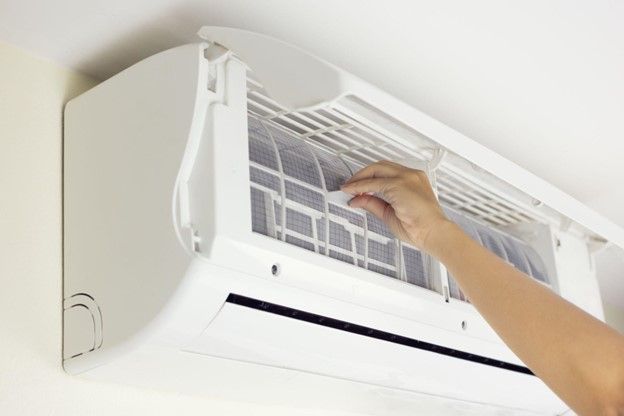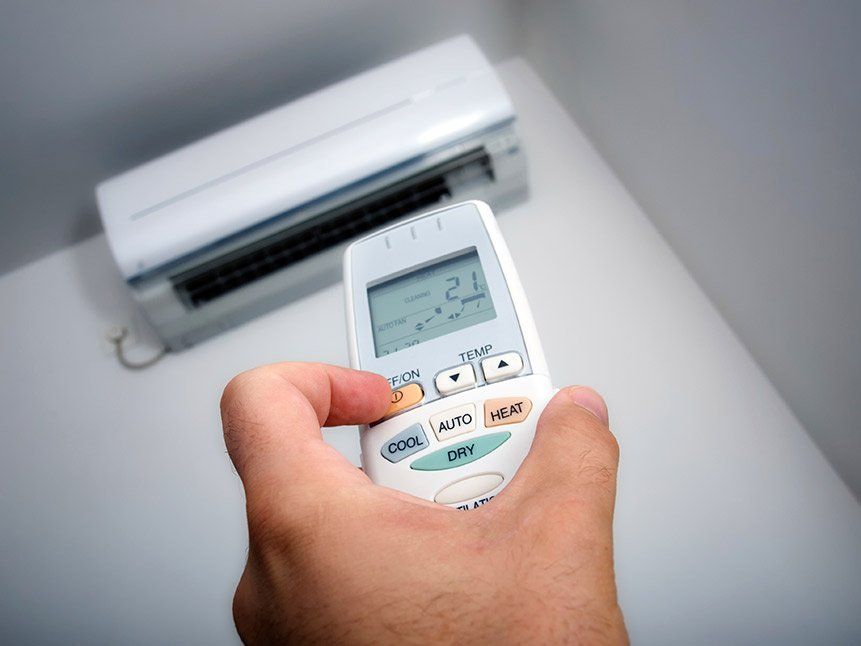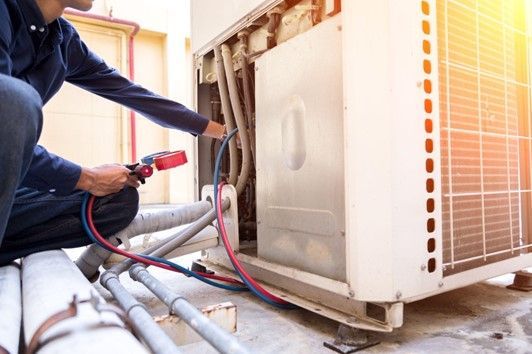
4 Steps to Getting Your Air Conditioner Ready for Summer

As winter turns to spring, you may be thinking about switching from using the furnace or heater to using the air conditioner. Before you make this change, do some seasonal maintenance to keep the unit in the best condition.
Here are a few steps you can take on your own and a few things you should have a professional do.
1. Check the Thermostat
Take this opportunity to determine if you can adjust your thermostat a few degrees. While the goal of both heaters and air conditioners is to make the home comfortable to live in, many homeowners find that a degree or two doesn't make that much difference in comfort levels. And even such a small change could make a big difference in the amount of work your unit does and the size of your bills.
If you don't already have a programmable thermostat, consider installing one now so you can automate your home's temperature based on your schedule.
While you do this, turn on the thermostat and check to see if it's triggering the air conditioner correctly. You can tell this by seeing if the unit turns on and off at the assigned temperatures. If it stays on too long or fails to start easily, the thermostat or the AC unit may have deeper issues.
2. Inspect the Unit
If your unit has been sitting outside throughout the fall and winter, it may have been subjected to a lot of harsh weather. Even normal fall and winter downtime leaves a number of months when the unit is exposed to unknown pests and debris.
Take a look with a flashlight and look for evidence of debris inside. Shine a light on all sides to determine if anything looks bent or broken. Examine electrical connections and cables for evidence of wear or damage. If you notice anything that looks unusual, do not turn on the unit, and call your repair service immediately.
3. Clean Out the Unit
If you feel comfortable with a little work, you may want to clean out the air conditioner's outside unit yourself. First, turn off the power at the exterior shutoff near the unit itself. You should also turn off power at the breaker. Then remove the fan cage from the top of the AC unit. This step allows you easier access to the machine's inner workings.
Remove any debris inside the air conditioner, and use a vacuum to clean out remaining dirt. Spray water from your garden hose through the fins on the sides to clean them out. If they are especially dirty, you may want to use a commercial cleaner to remove more dirt. Finally, reassemble the fan cage and turn the power back on.
4. Make a Safe Space
Make sure you take a look around the AC unit itself and clean up anything that might affect it. Most units need at least two feet of clear space on all sides to operate properly. Trim bushes and trees nearby, remove loose debris, and check the stability of rocks and plants.
While homeowners can take on these few basic preparation steps, refer more serious concerns to a professional HVAC service. For example, if you experienced heavy winter storms - or are in the possible path of summer hurricane season - your unit should probably be inspected before any summer use.
For all your seasonal maintenance needs and repair calls on the Gulf Coast, contact us at C J Services Inc today. We have more than 13 years of experience solving and preventing all kinds of HVAC challenges, and we can help you too.



